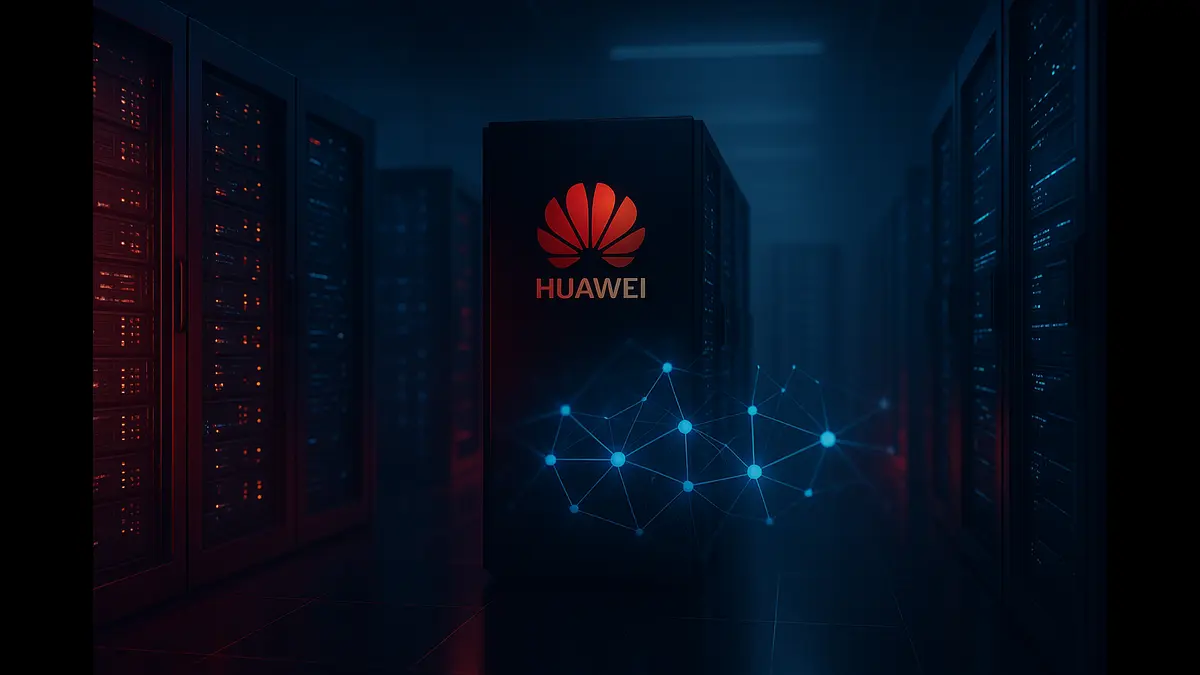
Discover SpaceX’s Bandwagon-3 mission launched on April 22, 2025, deploying microsatellites to mid-inclination orbit. Explore its technological intent, recent Falcon 9 launches, and innovative payloads like ADD’s 425Sat-3 and PHOENIX capsule.
On April 22, 2025, at 12:48 AM UTC (8:48 PM ET on April 21, 2025), SpaceX successfully launched its Falcon 9 rocket from Space Launch Complex 40 (SLC-40) at Cape Canaveral Space Force Station, Florida, for the Bandwagon-3 mission. This dedicated rideshare flight deployed dozens of small microsatellites and nanosatellites into a mid-inclination low Earth orbit (LEO) at approximately 515 km altitude with a 45-degree inclination. The mission included payloads such as the South Korean Agency for Defense Development’s (ADD) 425Sat-3, Tomorrow.io’s Tomorrow-S7, and Atmos Space Cargo’s PHOENIX re-entry capsule. The Falcon 9’s first-stage booster, B1090, landed successfully at Landing Zone 2, marking its third flight. This article explores the Bandwagon-3 mission, its technological intent, and the context of recent SpaceX launches leading to this event.
Technological Intent of the Bandwagon-3 Mission
The Bandwagon-3 mission is part of SpaceX’s rideshare program, specifically designed to serve payloads requiring mid-inclination orbits, which differ from the sun-synchronous orbits targeted by SpaceX’s Transporter missions. Mid-inclination orbits, typically around 45 degrees, keep satellites over more populated regions, offering enhanced coverage for applications like weather monitoring, reconnaissance, and communication over low and mid-latitudes. The technological intent behind Bandwagon-3 and the broader Bandwagon series includes:
Expanding Orbital Access: By offering dedicated rideshare missions to mid-inclination orbits, SpaceX addresses the second most requested orbit type after sun-synchronous orbits. This enables smaller operators, including commercial and government entities, to deploy satellites without the cost of dedicated launches.
Advancing Reusability: The Falcon 9’s reusable first stage, B1090, exemplifies SpaceX’s focus on reducing launch costs through rapid booster reuse. The successful landing at Landing Zone 2 demonstrates the reliability of SpaceX’s reusability technology, which lowers the financial barrier for satellite operators.
Innovative Payloads: Bandwagon-3 carried diverse payloads with cutting-edge technologies:
ADD’s 425Sat-3: A synthetic aperture radar (SAR) satellite for South Korea’s 425 Project, designed for high-resolution reconnaissance. It features a deployable reflector and active phased array, enhancing surveillance capabilities.
Tomorrow-S7: A 6U CubeSat from Tomorrow.io, equipped with a microwave sounder to collect weather data, supporting global precipitation forecasting with high resolution.
PHOENIX Capsule: Atmos Space Cargo’s re-entry capsule tests an inflatable heat shield and conducts life science experiments (e.g., monoclonal antibodies, stem cells). It aims to gather data for future reusable re-entry platforms, marking a milestone for European commercial space re-entry.
Fostering Innovation: The mission supports emerging space technologies, such as re-entry systems and compact weather monitoring, by providing affordable launch opportunities. This aligns with SpaceX’s goal of democratizing space access and fostering a vibrant smallsat ecosystem.
Recent SpaceX Launches Leading to Bandwagon-3
The Bandwagon-3 mission builds on the success of SpaceX’s earlier rideshare missions, particularly the Bandwagon series, and reflects the company’s increasing launch cadence. Below are key recent launches that paved the way for Bandwagon-3:
Bandwagon-1 (April 7, 2024):
Overview: Launched from Kennedy Space Center’s Launch Complex 39A, Bandwagon-1 was the inaugural mission of SpaceX’s Bandwagon series, deploying 11 satellites to a 45.4-degree inclination orbit at ~590 km altitude. Payloads included South Korea’s 425 Project Flight 2, Capella Space’s Acadia-4 SAR satellite, and HawkEye 360’s Clusters 8 and 9.
Outcome: The mission was a success, with all payloads deployed and the Falcon 9 booster (B1073) landing at Landing Zone 1. It validated the mid-inclination rideshare concept, demonstrating demand for such orbits. HawkEye 360 reported improved coverage for monitoring illegal fishing in the Indo-Pacific.
Significance: Bandwagon-1 established the feasibility of mid-inclination rideshares, setting the stage for subsequent missions like Bandwagon-3.
Bandwagon-2 (December 21, 2024):
Overview: Launched from Vandenberg Space Force Base’s SLC-4E, Bandwagon-2 carried 30 satellites, including South Korea’s 425 Project Flight 3, HawkEye 360’s Cluster 11, and Tomorrow.io’s Tomorrow-S3 and S4. The orbit was at 510–570 km with a 45-degree inclination.
Outcome: The launch was successful, with the booster (B1071) landing at Landing Zone 4. Customers confirmed contact with their satellites post-deployment. Exolaunch managed 22 payloads, showcasing the mission’s complexity.
Significance: Bandwagon-2 expanded the scale of mid-inclination rideshares, proving SpaceX’s ability to handle diverse payloads and reinforcing the program’s reliability for Bandwagon-3.
Transporter-13 (November 2024):
Overview: A sun-synchronous rideshare mission from Vandenberg, Transporter-13 deployed dozens of smallsats, including CubeSats and microsatellites for commercial and academic customers.
Outcome: Successful deployment and booster recovery highlighted SpaceX’s streamlined rideshare operations, which share logistical and technical frameworks with the Bandwagon series.
Significance: Transporter missions complement Bandwagon by serving different orbital needs, allowing SpaceX to refine its modular rideshare plate system, which benefits missions like Bandwagon-3.
O3b mPOWER-E (December 2024):
Overview: Launched from Cape Canaveral, this mission used booster B1090, which later flew Bandwagon-3. It deployed satellites for SES’s O3b mPOWER constellation, targeting medium Earth orbit.
Outcome: Successful launch and booster landing demonstrated B1090’s reliability, ensuring its readiness for Bandwagon-3.
Significance: The reuse of B1090 for Bandwagon-3 underscores SpaceX’s rapid booster turnaround, a key enabler for frequent rideshare missions.
Context and Impact
The Bandwagon series, including Bandwagon-3, reflects SpaceX’s strategic expansion of its rideshare program, which has flown over 682 spacecraft, primarily to sun-synchronous orbits. The introduction of mid-inclination missions in 2023 responded to customer demand for orbits that prioritize coverage over populated areas. SpaceX’s 2024 launch record of 134 Falcon flights (133 successful) highlights its operational maturity, with Bandwagon-3 contributing to a planned 175–180 launches in 2025.
The technological intent of Bandwagon-3 extends beyond satellite deployment. The PHOENIX capsule’s re-entry test could pave the way for affordable orbital logistics, supporting industries like biotech and in-space manufacturing.
The Bandwagon-3 mission underscores SpaceX’s role in democratizing space access through reusable rockets and dedicated rideshares. Building on the successes of Bandwagon-1, Bandwagon-2, and other recent launches, it showcases advanced technologies like SAR imaging, weather monitoring, and re-entry systems. By targeting mid-inclination orbits, SpaceX meets diverse customer needs, fostering innovation and expanding the smallsat market. As SpaceX eyes future missions, including Bandwagon-4 and Starship launches, Bandwagon-3 marks a milestone in making space more accessible and impactful.
Discover more from Poniak Times
Subscribe to get the latest posts sent to your email.






